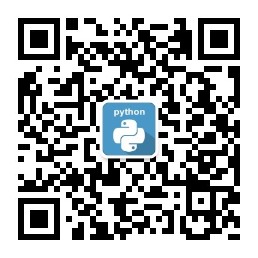在刚刚安装完成Django后,我们继续来学习Django,本节我们来写Django的第一个程序hello world。好下面我们开始。。。
1. 进入上节我们安装的Django的目录,然后在命令行运行如下命令:
shell# django-admin.py startproject pythontab.com
这样就创建了一个名叫pythontab.com的项目,看一下目录结构:
shell# tree pythontab.com
显示结果:
pythontab.com/
|____ manager.py
|____ Blog/
|____ urls.py
|____ wsgi.py
|____ __init__.py
|____ settings.py
文件结构中个文件及文件夹的解释:
manager.py是开发过程中要常常使用的文件,顾名思义,就是用来管理的文件,比如创建app,运行shell,运行Django内置的web服务器等等
urls.py文件是Django URL的配置文件,至于当用户访问www.example/post/1254/时,Django会根据url.py的内容来判断这个URL由试图(views)中那个函数来处理,也就是一个路由文件
__init__.py这个文件是空的,python的包都会有一个__init__.py文件。一般不需要修改该文件
wsgi.pywsgi是Web服务器网关接口(Python Web Server Gateway Interface,缩写为WSGI)是Python应用程序或框架和Web服务器之间的一种接口。
settings.py :该 Django 项目的设置或配置。 查看并理解这个文件中可用的设置类型及其默认值。
下面开始写第一个hello world
打开urls.py文件,然后在文件的最前面加入如下代码:
from django.http import HttpResponse
def hello(request):
return HttpResponse('hello world')然后在patterns(”"),中加入如下代码:
url(r'^$', hello)
完整代码如下:
from django.conf.urls import patterns, include, url
# Uncomment the next two lines to enable the admin:
# from django.contrib import admin
# admin.autodiscover()
from django.http import HttpResponse
def hello(request):
return HttpResponse('hello world')
urlpatterns = patterns('',
# Examples:
# url(r'^$', 'Blog.views.home', name='home'),
# url(r'^Blog/', include('Blog.foo.urls')),
# Uncomment the admin/doc line below to enable admin documentation:
# url(r'^admin/doc/', include('django.contrib.admindocs.urls')),
# Uncomment the next line to enable the admin:
# url(r'^admin/', include(admin.site.urls)),
url(r'^$', hello),
)然后保存文件
最后,执行在当前目录下的manager.py文件
shell# ./manager runserver
运行启动后端服务
然后我们就可以在浏览器中访问啦!http://127.0.0.1:80 就可以看到输出hello world啦!
很简单吧~~
刚刚入门Django建议阅读《新手学习Django的十条注意事项》


